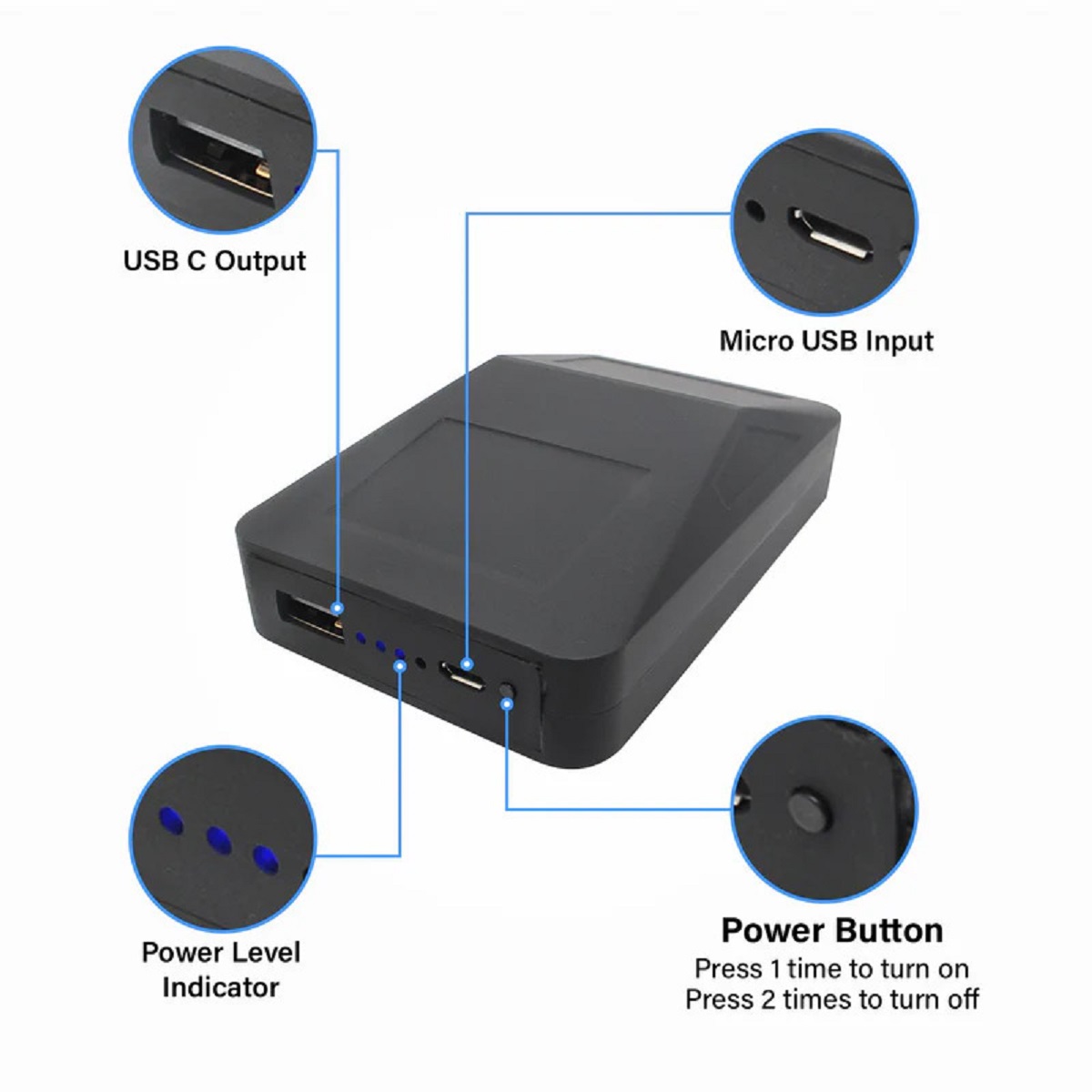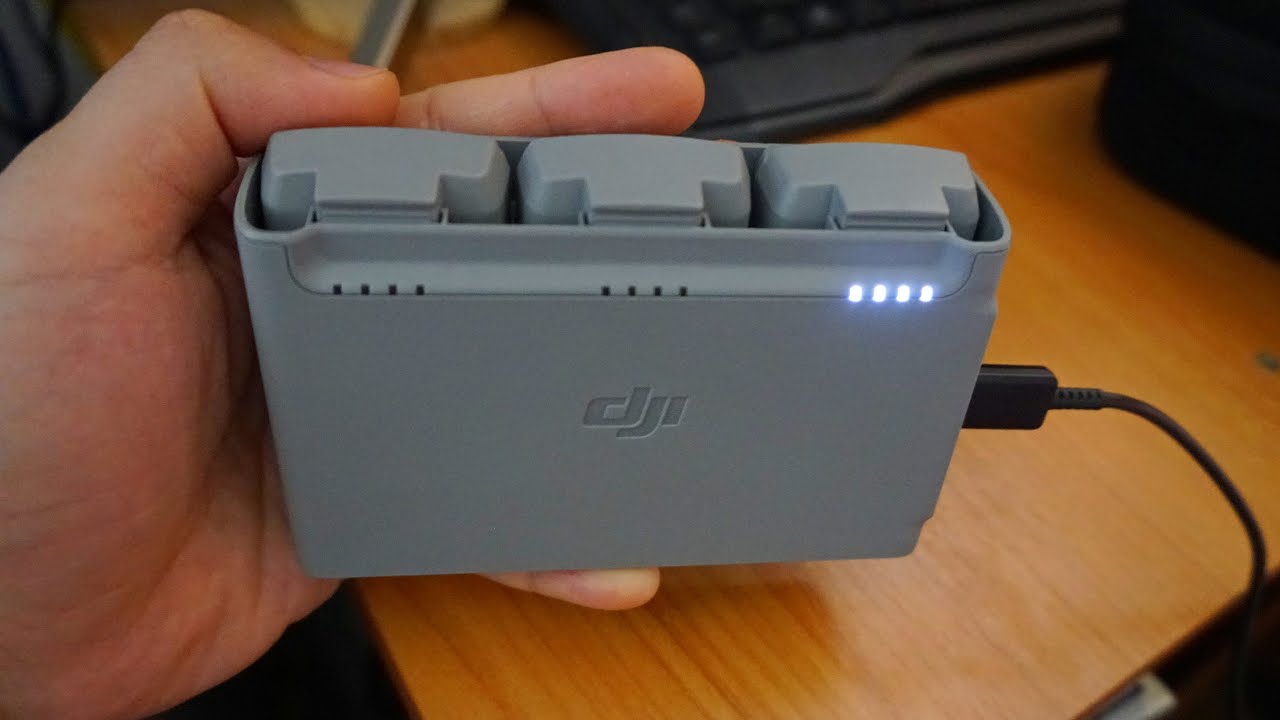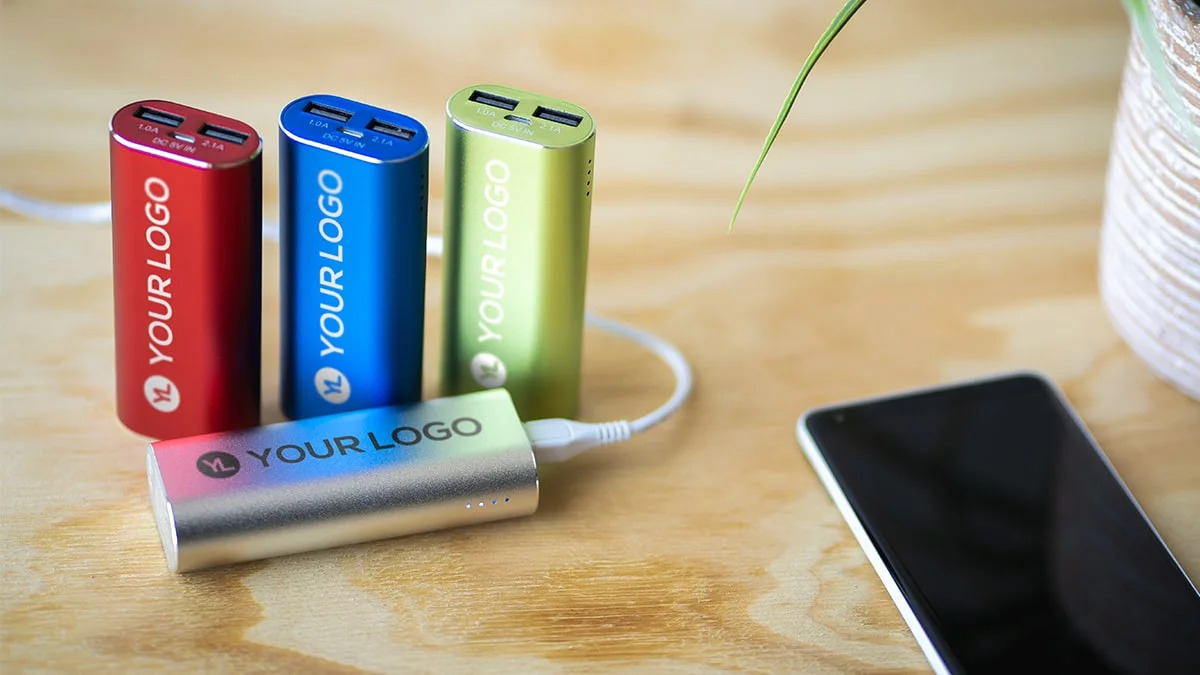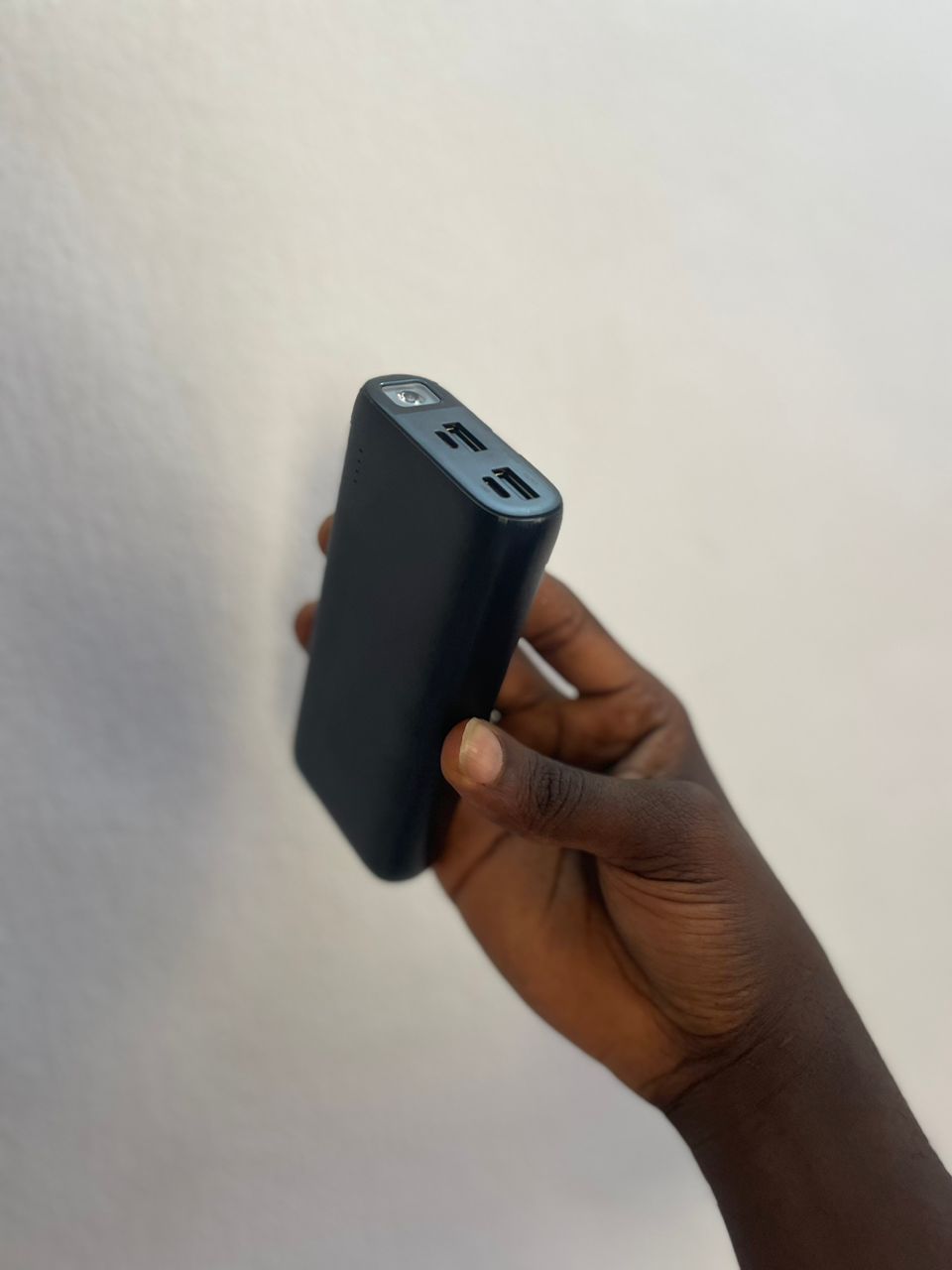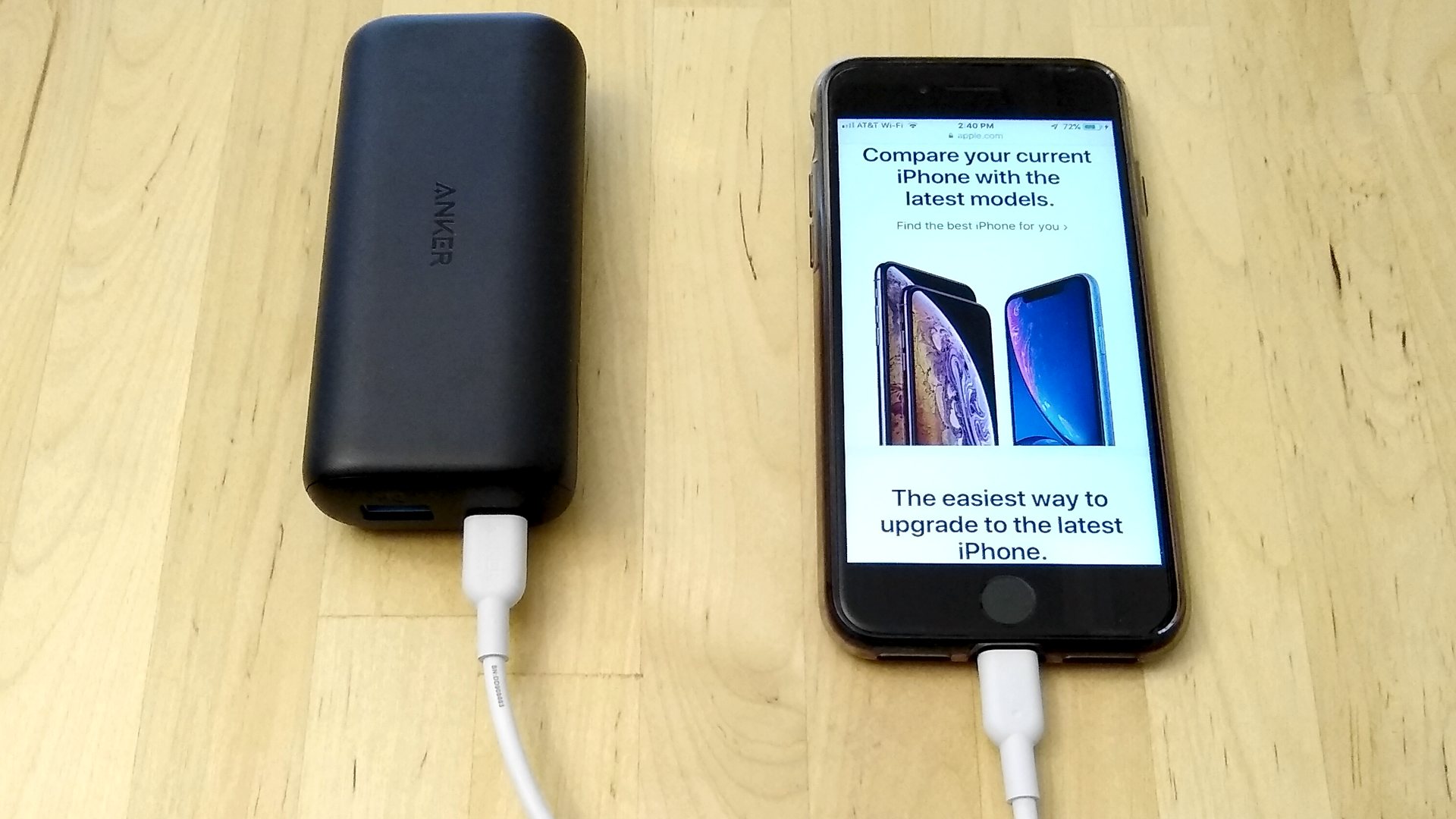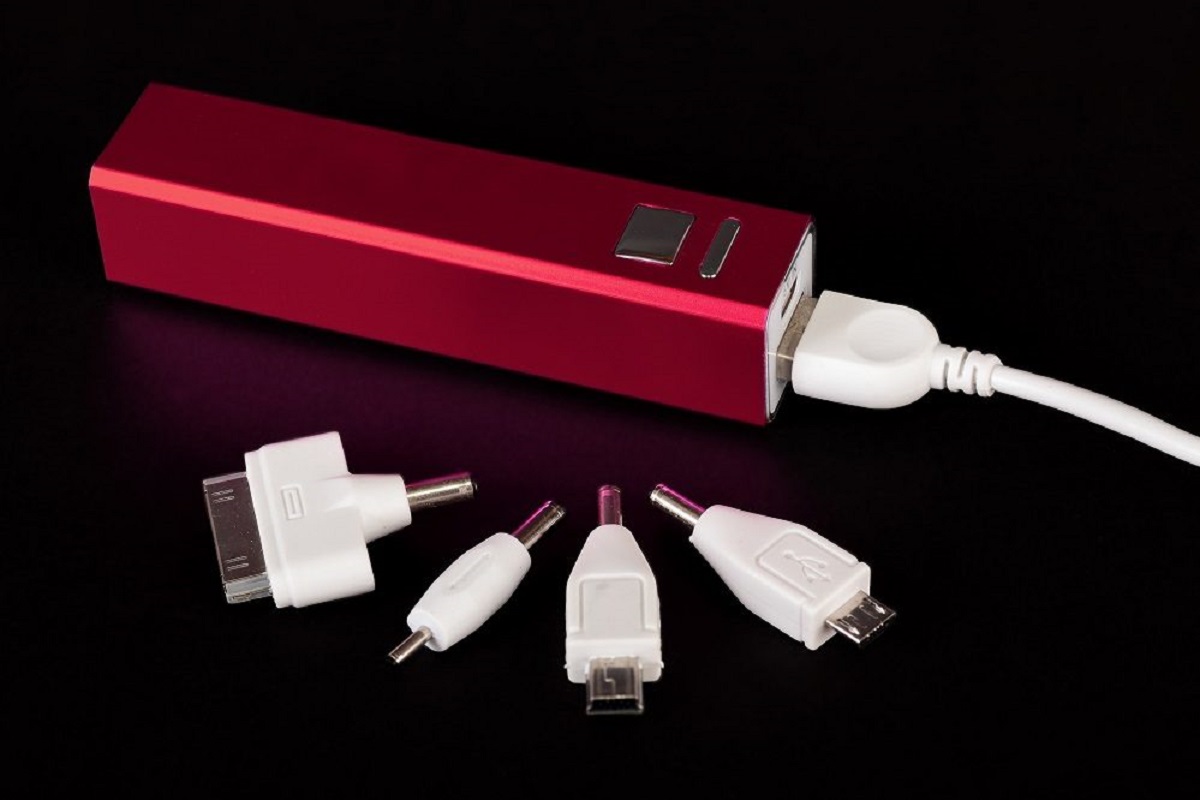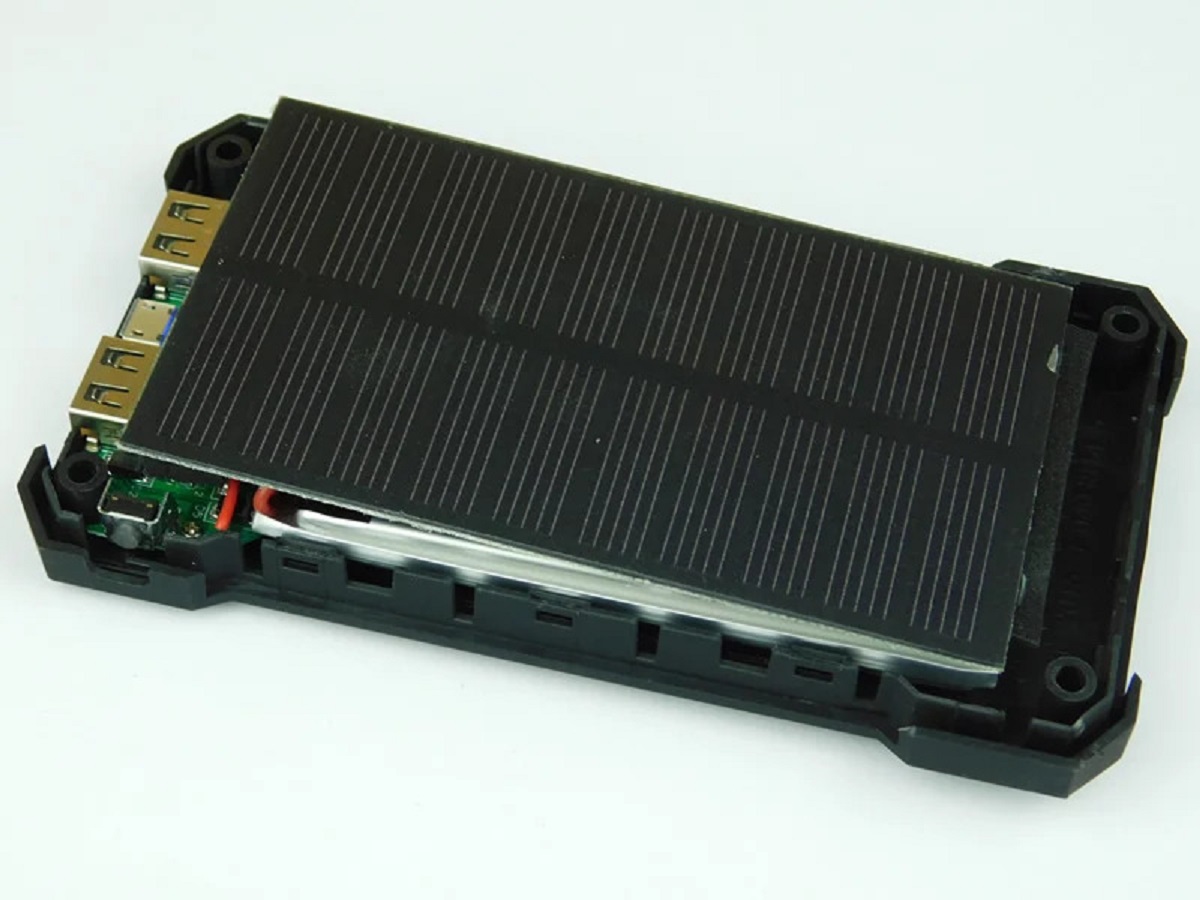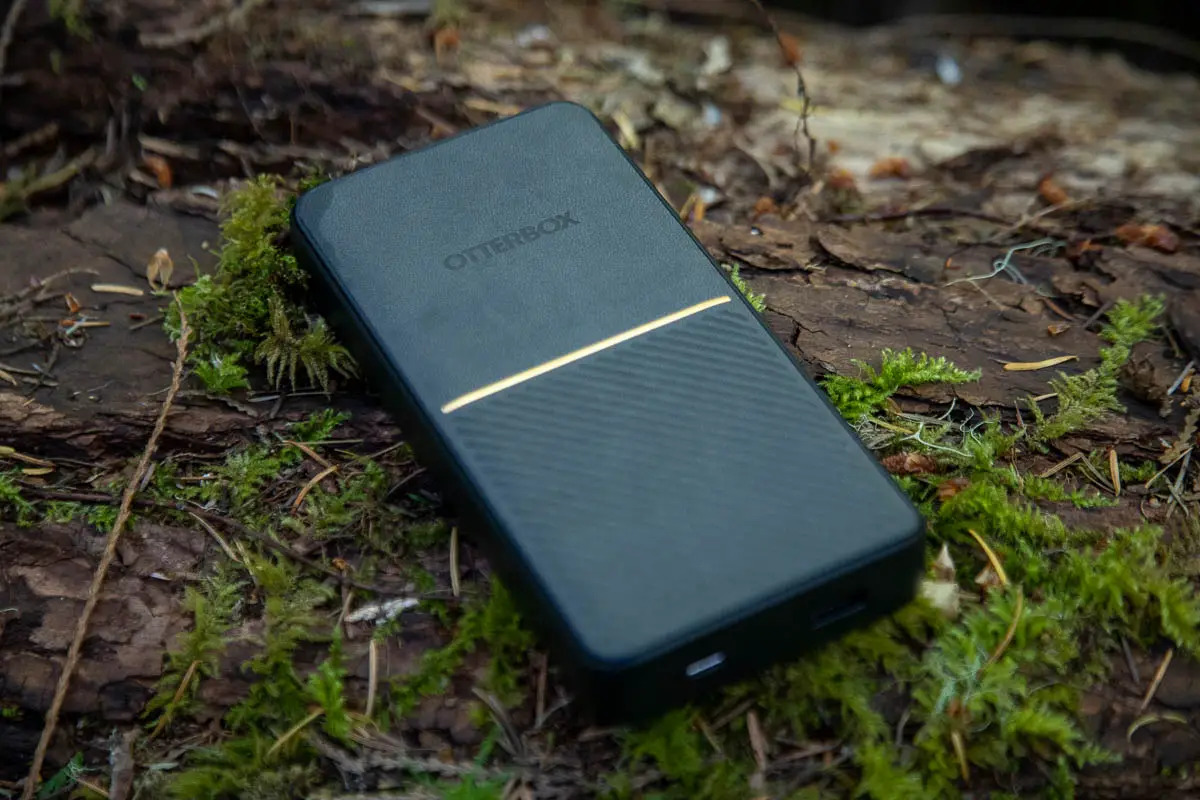Why do you need to turn off a power bank?
A power bank, also known as a portable charger, is a handy device that allows you to recharge your electronic devices such as smartphones, tablets, and laptops on-the-go. It serves as a backup power source when you’re away from a mains power outlet. However, there are certain situations where it is necessary to turn off your power bank.
One of the main reasons to turn off a power bank is to conserve its battery life. Just like any other electronic device, power banks consume energy even when not in use. By turning off the power bank when it’s not needed, you can extend its overall battery life and ensure it’s ready to provide power when you need it.
Another reason to turn off a power bank is to prevent accidental discharge. If the power bank is left turned on and unused, it may deplete its battery over time. This can be a waste of energy and result in the power bank being unable to provide a charge when you actually need it.
In addition, turning off a power bank can help prevent any short circuits or electrical issues. While power banks are designed to be safe and reliable, it’s always a good practice to turn off the device when not in use to reduce the risk of any potential electrical malfunctions or damage.
Furthermore, turning off a power bank can be useful when you want to disconnect the power supply completely. For example, if you need to store the power bank for an extended period or travel with it, it’s recommended to turn it off to avoid any accidental power drain or potential hazards.
In summary, turning off a power bank is essential to conserve battery life, prevent accidental discharge, avoid electrical issues, and ensure optimal performance. Taking a few seconds to turn off your power bank when it’s not in use can prolong its lifespan and ensure it’s ready to provide a reliable charge whenever you need it.
Different methods to turn off a power bank
When it comes to turning off a power bank, there are several methods you can employ depending on the specific model and design of your device. Here are a few common methods:
- Disconnecting the devices: One of the simplest ways to turn off a power bank is by disconnecting the devices that are connected to it. Once you unplug your smartphone or any other electronic device from the power bank, it will stop providing power and enter a standby mode.
- Pressing the power button: Many power banks are equipped with a power button that you can press to turn the device off. The power button is typically located on the front or side of the power bank. By pressing and holding the power button for a few seconds, you can toggle the power bank on or off.
- Unplugging the power bank from the charging source: If your power bank is currently being charged, one way to turn it off is simply by unplugging it from the charging source. Once disconnected, it will stop charging and enter a standby mode.
- Using a power bank with an automatic power-off feature: Some advanced power banks are designed with an automatic power-off feature. This means that the power bank will automatically turn off when it’s no longer in use or when there are no devices connected to it. This feature helps conserve battery life and ensures optimal efficiency.
It’s important to note that the method of turning off a power bank may vary depending on the specific model and manufacturer. Therefore, it’s advisable to consult the user manual or the manufacturer’s instructions for your power bank to ensure you use the correct method.
By familiarizing yourself with these different methods, you can easily turn off your power bank and prevent any unnecessary power consumption or potential issues.
Method 1: Disconnecting the devices
One of the simplest and most straightforward methods to turn off a power bank is by disconnecting the devices that are connected to it. When you unplug your smartphone, tablet, or any other electronic device from the power bank, it will cease to provide power and enter a standby mode.
To use this method, follow these steps:
- Identify the devices that are currently connected to your power bank.
- Disconnect the charging cable or USB cable from each device that is connected to the power bank.
- Ensure that all devices are properly disconnected before proceeding.
By disconnecting the devices from the power bank, you effectively stop the flow of power, and the power bank will enter a low-power or standby mode. It will no longer consume energy and drain its battery unnecessarily.
This method is particularly useful when you have finished charging your devices or when you want to conserve the power bank’s battery life for later use. It is a straightforward and quick way to turn off the power bank without any complicated steps or settings.
Remember, when using this method, be sure to disconnect all devices properly to ensure they are not left in a charging state. Leaving devices connected to a power bank that is turned off may drain the power bank’s battery over time, even if it is not actively providing power.
Overall, the method of disconnecting the devices is a simple and effective way to turn off a power bank. By following these steps, you can ensure that your power bank is not unnecessarily draining its battery and is ready for the next use.
Method 2: Pressing the power button
Another common method to turn off a power bank is by using the power button. Many power banks are equipped with a power button that allows users to toggle the device on or off with a simple press.
To turn off your power bank using the power button, follow these steps:
- Locate the power button on your power bank. It is typically located on the front, side, or top of the device.
- Press and hold the power button for a few seconds. The exact duration may vary depending on the model of your power bank, so refer to the user manual or manufacturer’s instructions if necessary.
- Release the power button once you see the power bank’s LED indicators turn off or if the power bank emits a beep, indicating that it has powered off.
By pressing the power button, you are effectively turning off the power bank, and it will stop providing power to any connected devices. This method is particularly useful when you want to quickly turn off the power bank without having to disconnect any devices.
It is worth mentioning that some power banks may have additional features or settings associated with the power button. For example, some power banks may have multiple power button presses to activate different functions such as checking the battery status or turning on a built-in flashlight. Again, consult the user manual or manufacturer’s instructions for your specific power bank to understand its unique functionalities.
Using the power button to turn off a power bank is a convenient and straightforward method. It allows you to quickly and easily power down the device, saving its battery life for the next time you need to use it.
Method 3: Unplugging the power bank from the charging source
If your power bank is currently being charged, you can turn it off by simply unplugging it from the charging source. This method is straightforward and can be used when you want to immediately stop the charging process and put the power bank into a standby mode.
Follow these steps to turn off your power bank by unplugging it from the charging source:
- Identify the power source that is being used to charge your power bank. It can be a wall outlet, computer USB port, or any other charging device.
- Take out the charging cable from the power source by gently pulling it out.
Once you unplug the power bank from the charging source, it will immediately stop charging and enter a standby mode. This means it will no longer consume energy or provide power to any connected devices.
This method is particularly useful when you want to conserve the power bank’s battery or when you need to disconnect the power bank completely. For example, if you are storing the power bank for an extended period or traveling with it, unplugging it from the charging source ensures that it is not draining power unnecessarily or posing any potential hazards.
It’s crucial to note that you should wait until the power bank has fully charged before unplugging it from the charging source. Disconnecting it prematurely may result in an incomplete charge or reduced battery life.
By unplugging the power bank from the charging source, you can effectively turn it off and maintain its battery life for future use.
Method 4: Using a power bank with an automatic power-off feature
Some advanced power banks are designed with an automatic power-off feature, which makes it incredibly convenient to turn off the device. This feature automatically shuts off the power bank when it’s no longer in use or when there are no devices connected to it.
If your power bank has this feature, you can benefit from the convenience of not having to manually turn off the power bank. Here’s how it works:
- Ensure that your power bank is equipped with an automatic power-off feature. Consult the user manual or manufacturer’s instructions to verify the presence of this functionality.
- Use the power bank as you normally would, connecting it to your electronic devices and charging them.
- Once you disconnect all the devices or there is no activity detected for a certain period, the power bank will automatically turn off.
The automatic power-off feature is designed to save energy and prolong the power bank’s battery life. It eliminates the need to remember to turn it off manually and ensures optimal efficiency.
This feature is especially beneficial for those who tend to forget to turn off their power bank or prefer a more hands-free approach. However, it’s important to note that not all power banks have this feature. If this functionality is a priority for you, be sure to choose a power bank model that explicitly mentions automatic power-off in its specifications.
By using a power bank with an automatic power-off feature, you can enjoy the convenience of a power bank that turns off on its own, reducing energy consumption and ensuring efficient usage.
Tips for safely turning off a power bank
While turning off a power bank may seem like a simple task, it’s essential to do so safely to ensure the longevity and proper functioning of the device. Here are some tips to keep in mind when turning off your power bank:
- Follow the manufacturer’s instructions: Different power banks may have specific guidelines for turning them off. It’s crucial to consult the user manual or manufacturer’s instructions to understand the recommended method for your specific power bank model.
- Wait for the power bank to cool down: If your power bank has been recently used for charging or has been exposed to high temperatures, it’s advisable to let it cool down before turning it off. This helps prevent any potential damage to the internal components of the power bank.
- Disconnect the devices when turning off: Before turning off the power bank, make sure all connected devices are properly disconnected. This not only prevents accidental power drain but also ensures the safety of the devices and the power bank itself.
- Avoid forcefully pressing the power button: When using the power button to turn off the power bank, apply gentle pressure and avoid using excessive force. Forceful pressing can potentially damage the power button or the internal circuitry of the power bank.
- Store the power bank in a safe place: If you plan to store the power bank for a period of time, ensure it is stored in a cool, dry place away from direct sunlight or extreme temperatures. This helps preserve the battery life and prevents any potential damage.
- Regularly check the power bank’s condition: It’s a good practice to periodically check the condition of your power bank, including the power button, charging ports, and overall integrity. If you notice any signs of damage or malfunction, it may be necessary to seek professional assistance or replace the power bank.
By following these tips, you can safely turn off your power bank, maintain its performance, and ensure the safety of both the power bank itself and the devices connected to it.
Conclusion
Turning off a power bank is an essential step to conserve its battery life, prevent accidental discharge, and ensure its optimal performance. There are several methods available to turn off a power bank, depending on the specific model and design.
By disconnecting the devices from the power bank, pressing the power button, unplugging the power bank from the charging source, or using a power bank with an automatic power-off feature, you can effectively turn off the device and save energy.
When turning off a power bank, it’s important to follow the manufacturer’s instructions, wait for the device to cool down if necessary, and properly disconnect devices to avoid any accidental discharge or power drain. Additionally, storing the power bank in a safe place and regularly checking its condition are essential practices to ensure its longevity and functionality.
Incorporating these tips into your power bank usage routine can help you make the most out of your device, prolong its battery life, and maximize its reliability. Remember to consult the user manual or manufacturer’s instructions specific to your power bank model for the best practices.
By properly turning off your power bank when not in use, you can ensure that it remains ready and available to provide a reliable charge whenever you need it, whether you’re traveling, working, or simply on-the-go.







